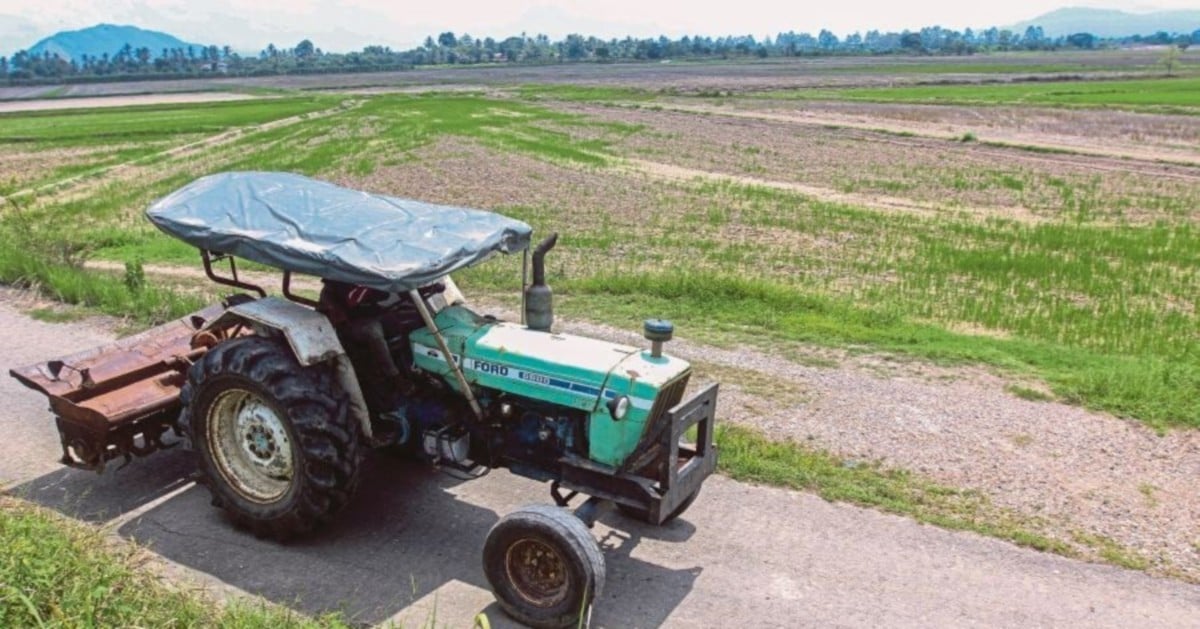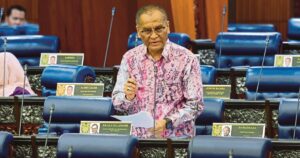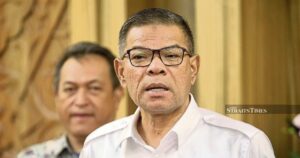KUALA LUMPUR: Experts have urged the government to go beyond its new food security blueprint under the 13th Malaysia Plan (13MP), warning that key gaps in tackling agricultural risks, land use and entrepreneurship could undermine long-term resilience.
Putra Business School agricultural economics expert Prof Datuk Dr M. Nasir Shamsudin said while the initiatives outlined in 13MP were comprehensive, they left major vulnerabilities unaddressed.
“Agriculture is far more exposed to unpredictable risks than the industrial sector.
“We need an effective early warning system that includes price monitoring, forecasting and disaster preparedness, especially for floods and droughts that can damage irrigation and farm output,” he said.
Nasir said Malaysia should also introduce a crop insurance scheme to provide structured and immediate financial protection for farmers facing natural disasters or volatile commodity prices.
“Government assistance exists, but insurance would work better as a safety net.
“It’s proven successful in the United States, but in Malaysia, high risks have stalled implementation,” he said.
Another missing piece, he said, was a land-use policy that safeguards national food goals by setting aside adequate agricultural land.
“This could be achieved through a Food Security Transfer Payment, where the federal government compensates states for the opportunity cost of reserving land for food production.
“It could be based on the value of ecosystem services provided by that land,” he said.
Nasir also stressed the need to develop agro-entrepreneurs to drive high-tech, sustainable farming.
“Technology won’t translate into productivity or supply resilience unless we have entrepreneurs who can commercialise it,” he said.
While welcoming government plans to adopt automation, digital tools and diversify import sources, Nasir said Malaysia’s import dependency ratio remained high due to shifting consumer demands for healthier, higher-value foods.
On rice imports, he cited Singapore’s strategy of sourcing from multiple countries to avoid severe disruptions if one supply line is cut.
The 13MP, unveiled yesterday by Prime Minister Datuk Seri Anwar Ibrahim, covers 2026 to 2030 and focuses on large-scale agriculture in Kelantan, Pahang, Terengganu, Sabah and Sarawak.
It also aims to accelerate five-season padi planting in key rice-producing regions.
By 2030, the government targets the agri-food sector’s value-added contribution to reach RM58 billion.
© New Straits Times Press (M) Bhd






